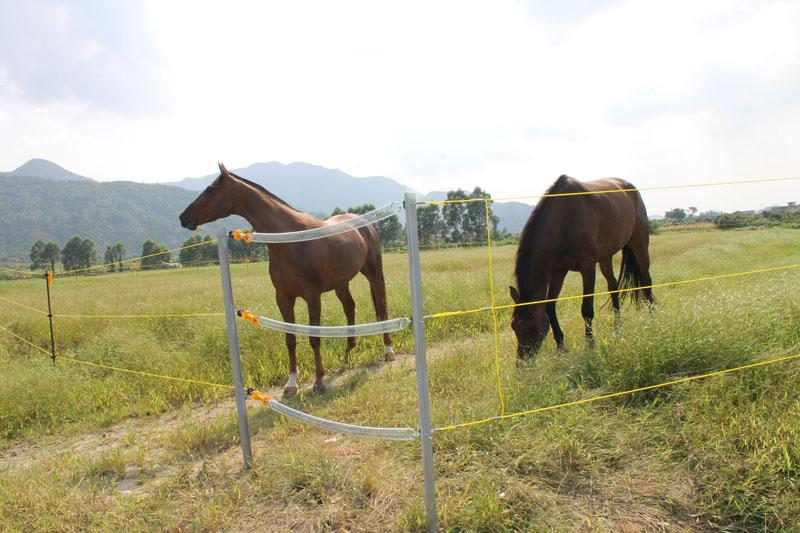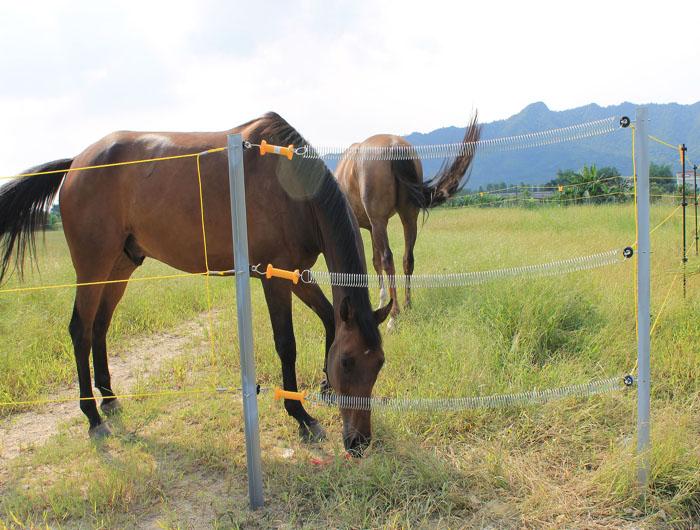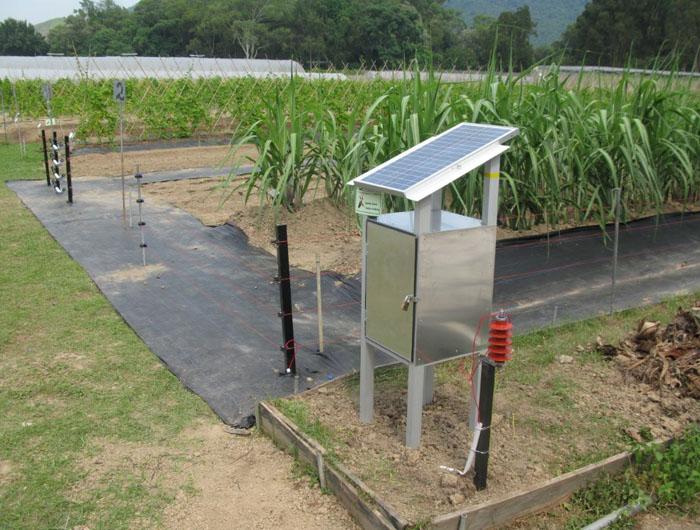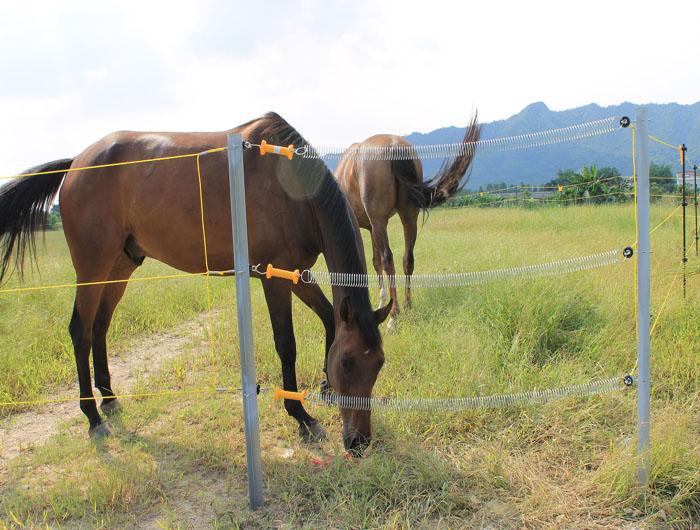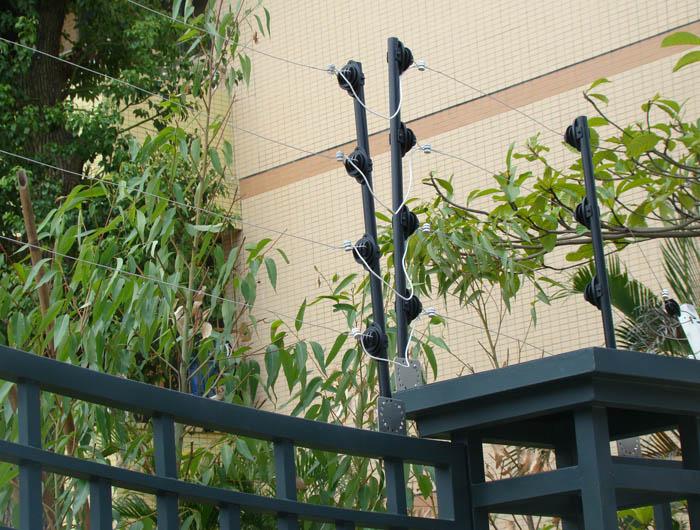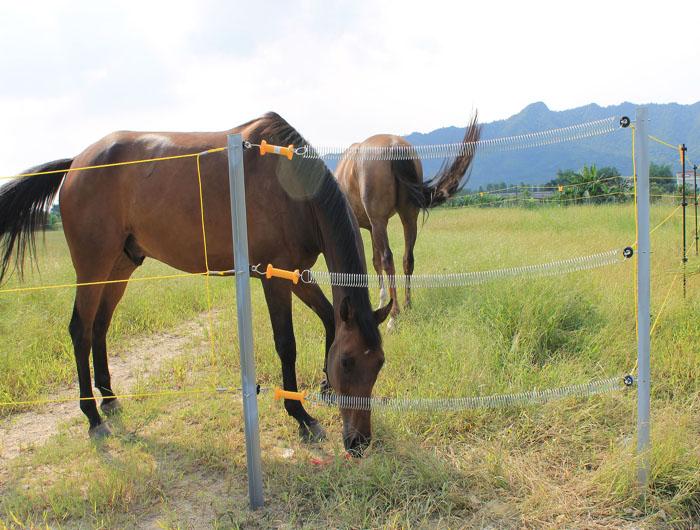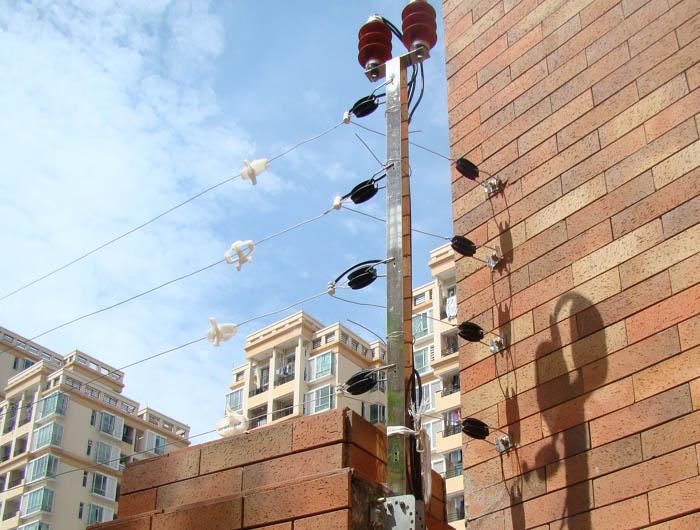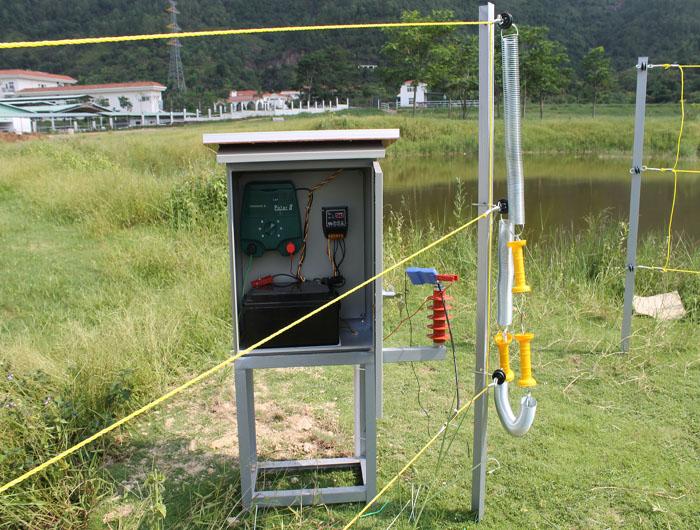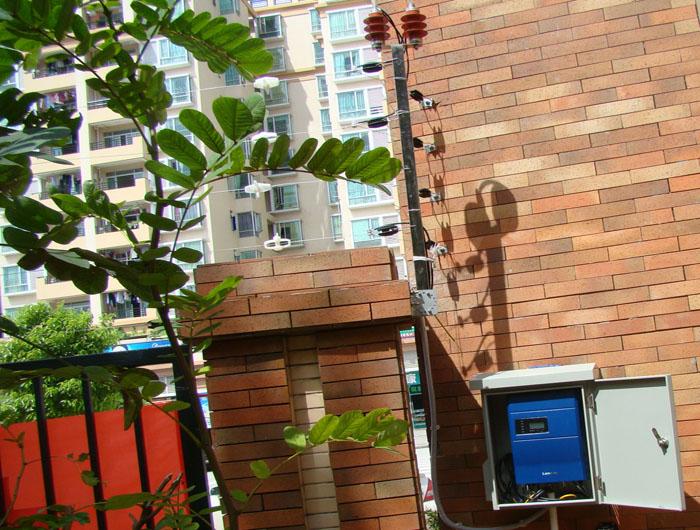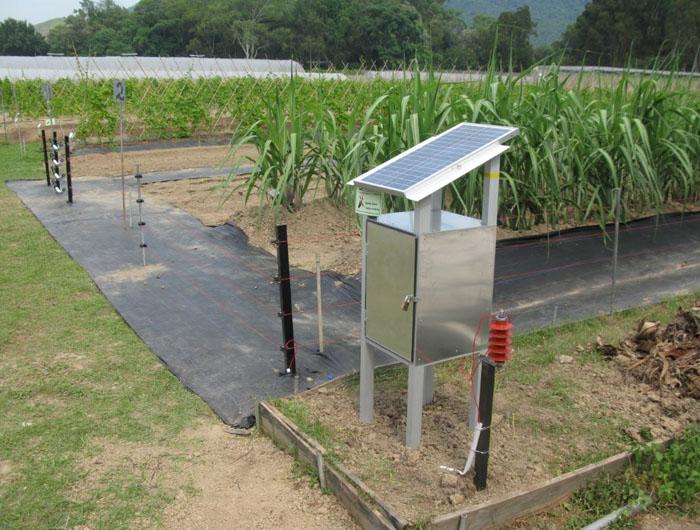Obviously,
you will need a bigger energizer to carry adequate power on larger jobs. If
there is a large vegetation challenge for the fence you will need more power.
Plan now for any additions you may need down the road, too.
Basics of Fence Heights and Ground Clearances
The topic of
fence heights and ground clearances is an integral aspect of fencing design.
When planning to erect a fence, understanding the basic principles of fence
heights and ground clearances becomes paramount. The height of a fence is
typically determined by its intended use and the regulations provided by the
local zoning authority. On the other hand, the ground clearance or the space
between the bottom of the fence and the ground is influenced by factors like
the type of fence, function, and requirements of the homeowner.
The space
underneath a fence is critical because it can affect the overall functionality
and integrity of the fence structure. It serves various purposes such as
allowing air and water flow, preventing the fence from rotting, and
discouraging burrowing animals from getting into your yard. Additionally, it
plays an important role in the maintenance and cleaning processes under the
fence.
However, the
ground clearance should not be excess to avoid unwanted intruders or escape of
kept animals. The standard clearance is commonly set to about 2 to 5 inches
depending on the purpose, although this may vary with different types of
fences.
On contrarily,
too little ground clearance may pose problems, such as making difficult for
grass mowing under the fence. It may also allow the fence to come into contact
with the ground moisture, which can be damaging, especially for wooden fences.
Understanding the basic concepts of fence heights and ground clearances becomes
integral in ensuring that your fence serves its intended purpose effectively
and efficiently. It also helps in conforming with regional or local fencing
rules and regulations.
Factors Influencing the Space Between Ground and Fence
The question
of how much space should be between the ground and the bottom of the fence is
an important one. The answer largely depends on several factors. One such
factor is the type of terrain the fence is being installed on. Uneven or
inclined terrain might result in more space between the ground and the fence in
some sections. Meanwhile, for flat, even terrain, the fence might touch the
ground along its entire length.
Another major
factor is the purpose of the fence. If the fence is meant to restrict the
movement of pets, particularly small ones like rabbits or puppies, then it’s
best to ensure limited space between the ground and the fence. On the other
hand, for fences meant to prevent intruders or keep out wildlife, a higher
ground clearance might not be a significant concern.
Material of
the fence also plays a role. Wooden fences, for instance, can rot quickly if
they’re in constant contact with the ground, thus needing a decent ground clearance
for longevity. Metal fences, like chain links, don’t have this problem and can
be installed at ground level.
Lastly,
aesthetic considerations and personal preferences also influence the decision.
Some people prefer having the fence slightly elevated from the ground, while
others prefer it touching the ground. These factors should also be considered
when deciding on the space between the ground and the bottom of the fence.
“miracles sometimes occur, but one has to work terribly for them.”
— c. weizmann

